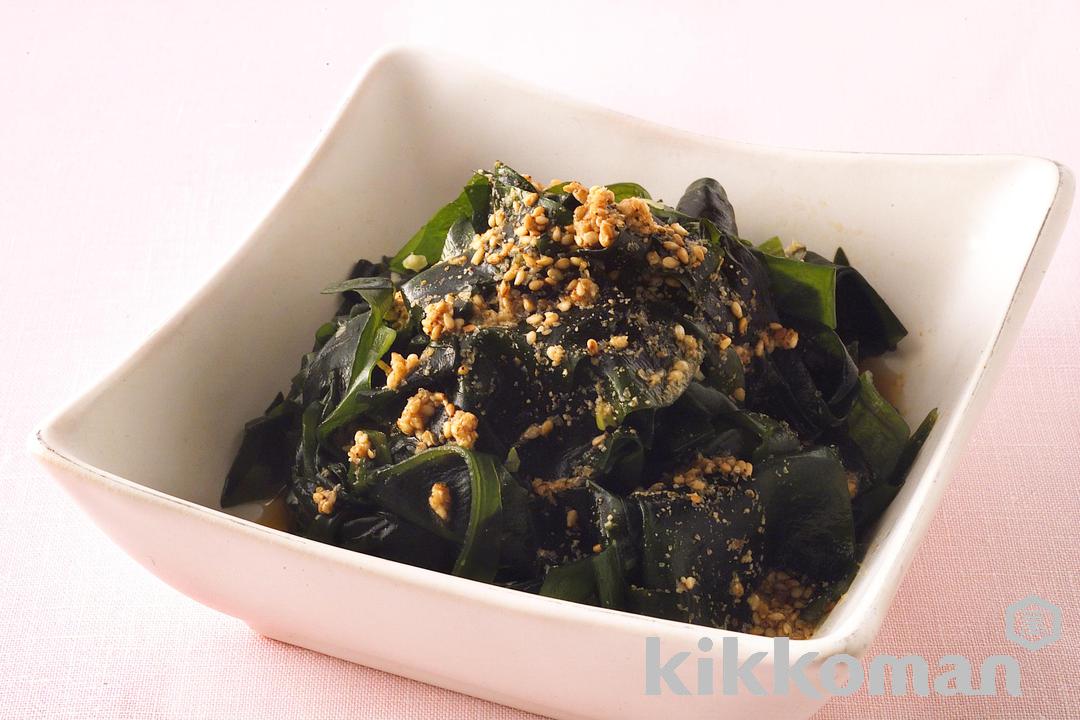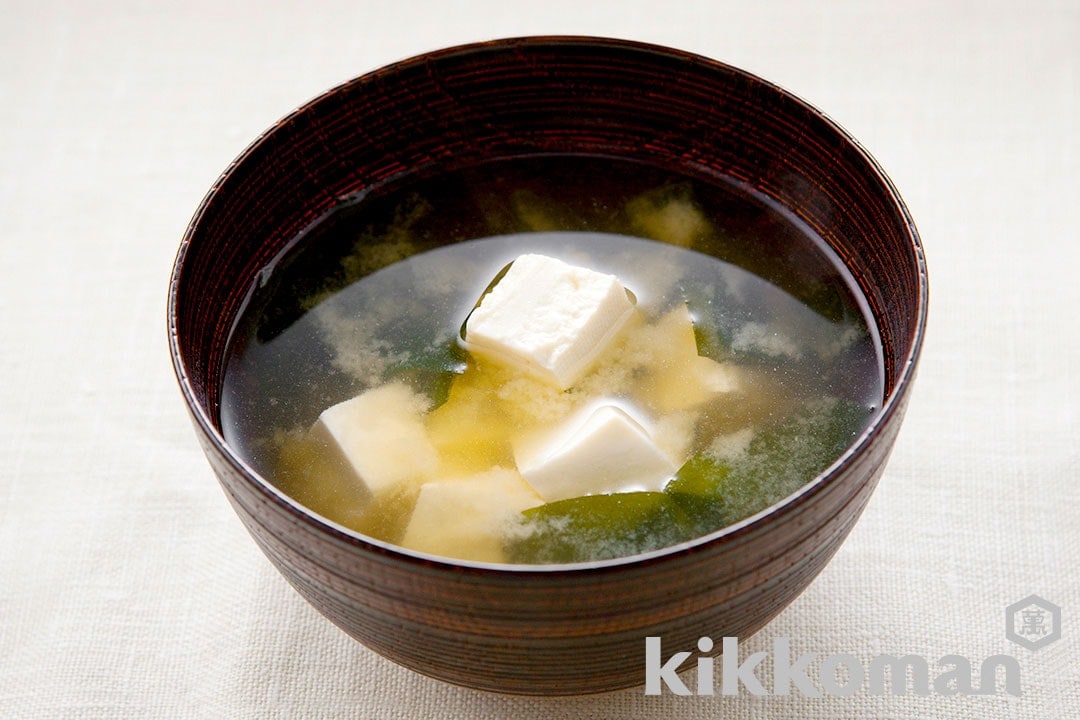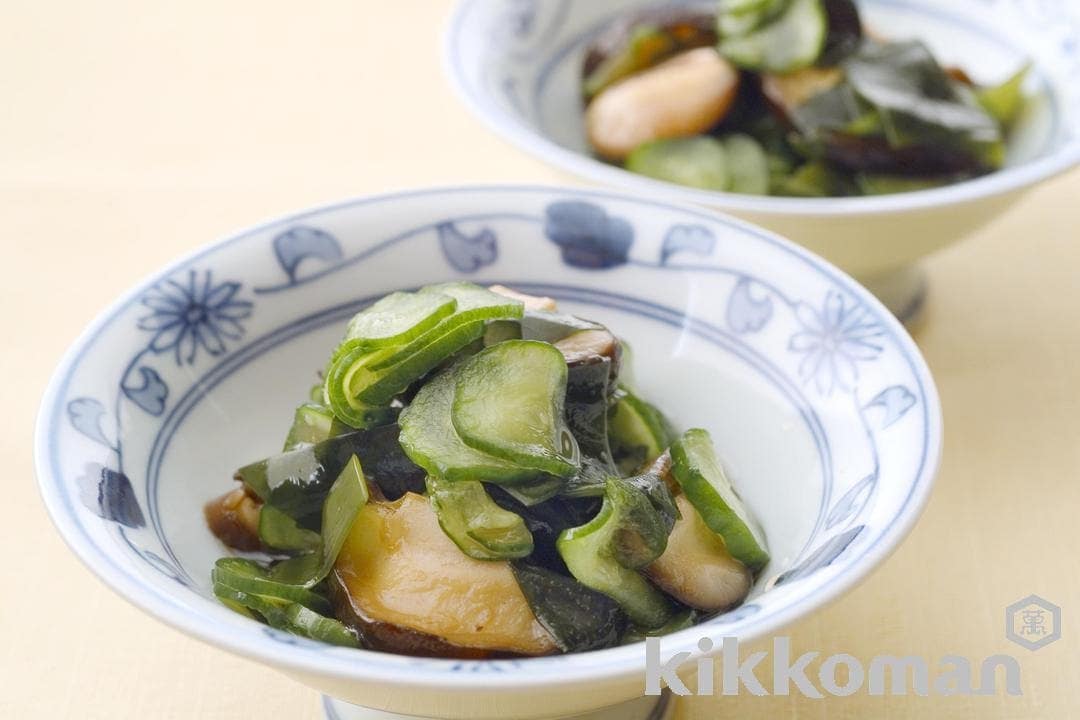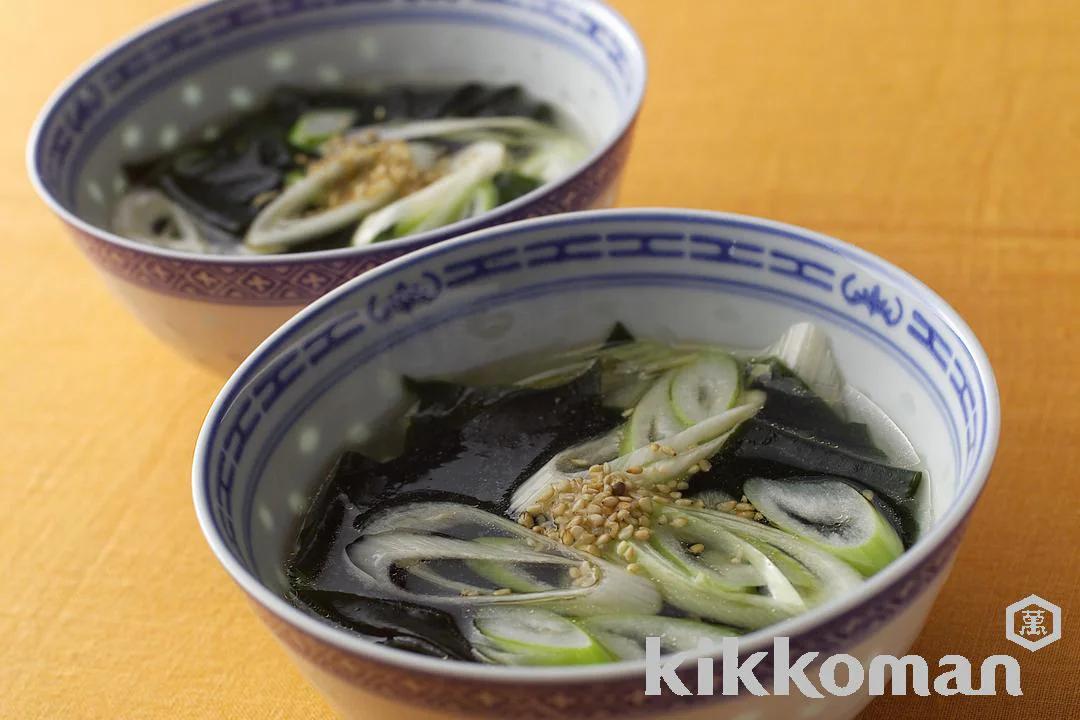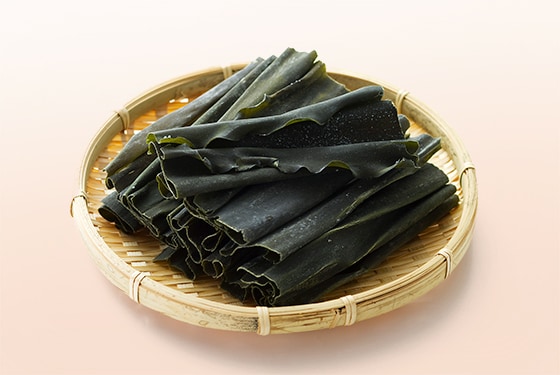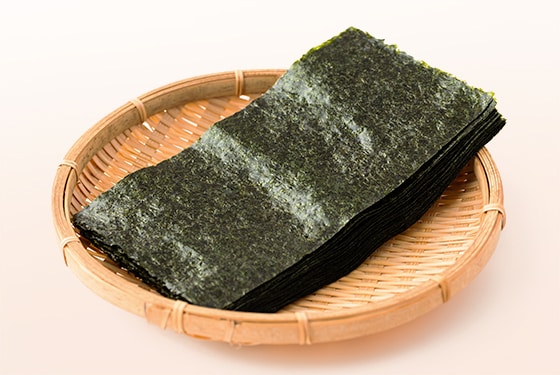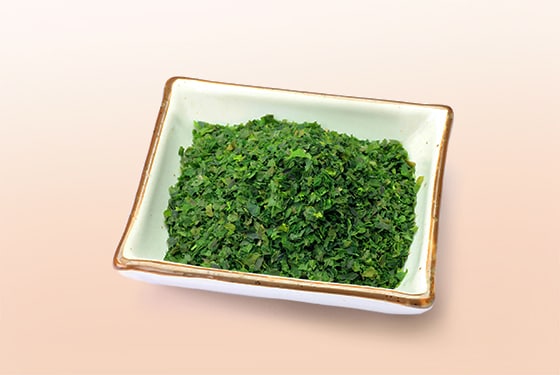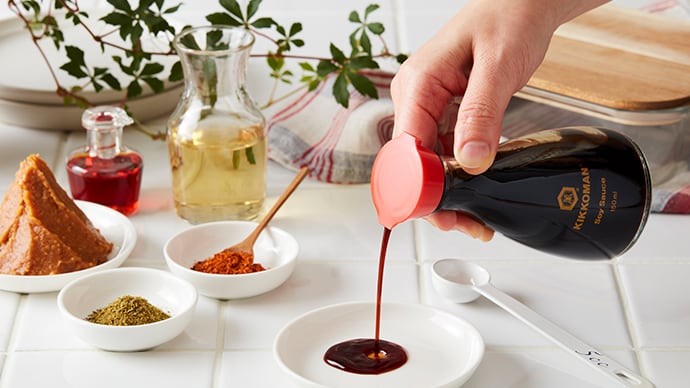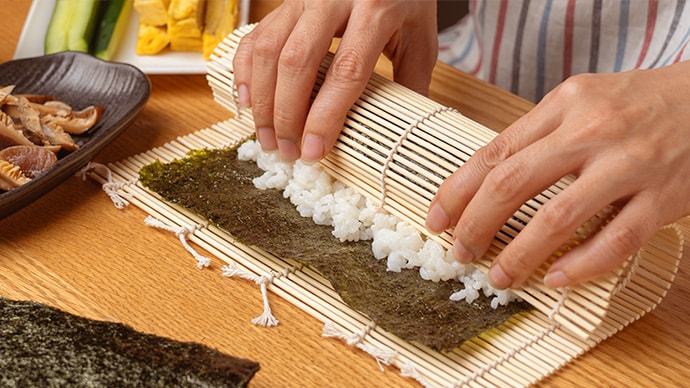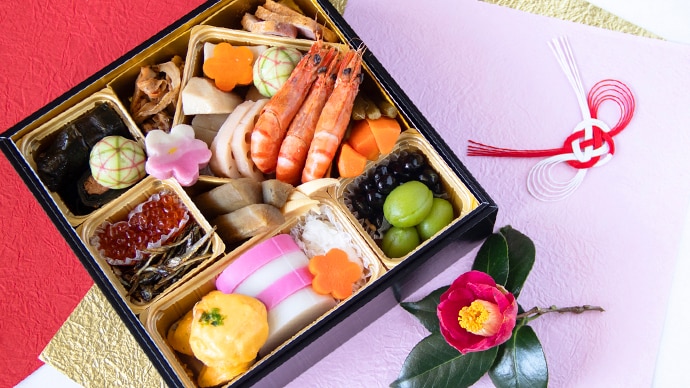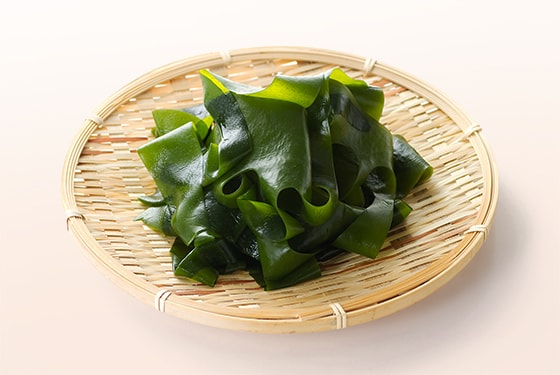
Bright green soft seaweed, popular as an ingredient in miso soup
What is wakame seaweed?
Wakame seaweed (わかめ in Japanese) is a type of seaweed that grows on rocks underwater. It can be used in dishes such as soups, salads and stews. It is characterized by its bright green color, but in the sea it is brownish, and only becomes bright green after being blanched. Types of wakame sold include "raw wakame" that has only been blanched, "salted wakame" that has been salted so that it can be stored for a long time, and "dried wakame" which is wakame soaked in water to remove salt, cut into bite-sized pieces, and dried. The stems are also eaten as "stem wakame" with a crunchy texture, and the roots are eaten as "mekabu" with a slimy texture, as an ingredient in boiled greens and miso soup.
The types of wakame available for sale include "raw wakame," which is simply parboiled, "salted wakame," which is parboiled and salted so that it can be stored for a long time, and "dried wakame," which is salted wakame that has been desalted, cut into bite-sized pieces, and dried.


Nutrition facts
While wakame seaweed is low in calories, it is rich in dietary fiber, potassium, calcium, magnesium, iron, iodine, beta-carotene, vitamin K, vitamin B2, B12, folic acid, and vitamin C, making it a nutritious food. It contains nutrients that are involved in various functions, such as improving the intestinal environment, supporting bowel movements, regulating blood pressure, maintaining bone health, producing thyroid hormones, and supporting the metabolism.
Wakame contains alginic acid and fucoidan, which are types of water-soluble dietary fiber, and promote the excretion of harmful substances from the intestines and contribute to regulating cholesterol levels. In addition, the green color of wakame is due to the pigment chlorophyll. Chlorophyll has strong antioxidant properties and is expected to have various health benefits.
In addition to raw wakame, there are salted and dried wakame, and by rehydrating it in water and adding it to soups and salads, you can easily add nutrients to a dish.
Storage to prevent food loss
Raw wakame can be stored in the refrigerator for 2-3 days, or in the freezer for 3-4 weeks. Salted wakame can be stored in the refrigerator for about three months, or in the freezer for about a year. Dried wakame can be stored unopened for about a year, or six months after opening, but it is sensitive to moisture, so store it in a dry place after opening.
Trivia
Most wild wakame is harvested by divers known as ama, who dive into the ocean and collect it with their bare hands. Due to the unstable yield of wild wakame and the decline in the number of divers, most wakame is now farmed in Japan, South Korea and North Korea which are the only countries that consume wakame.

Related Recipes
10min
126kcal
600mg


